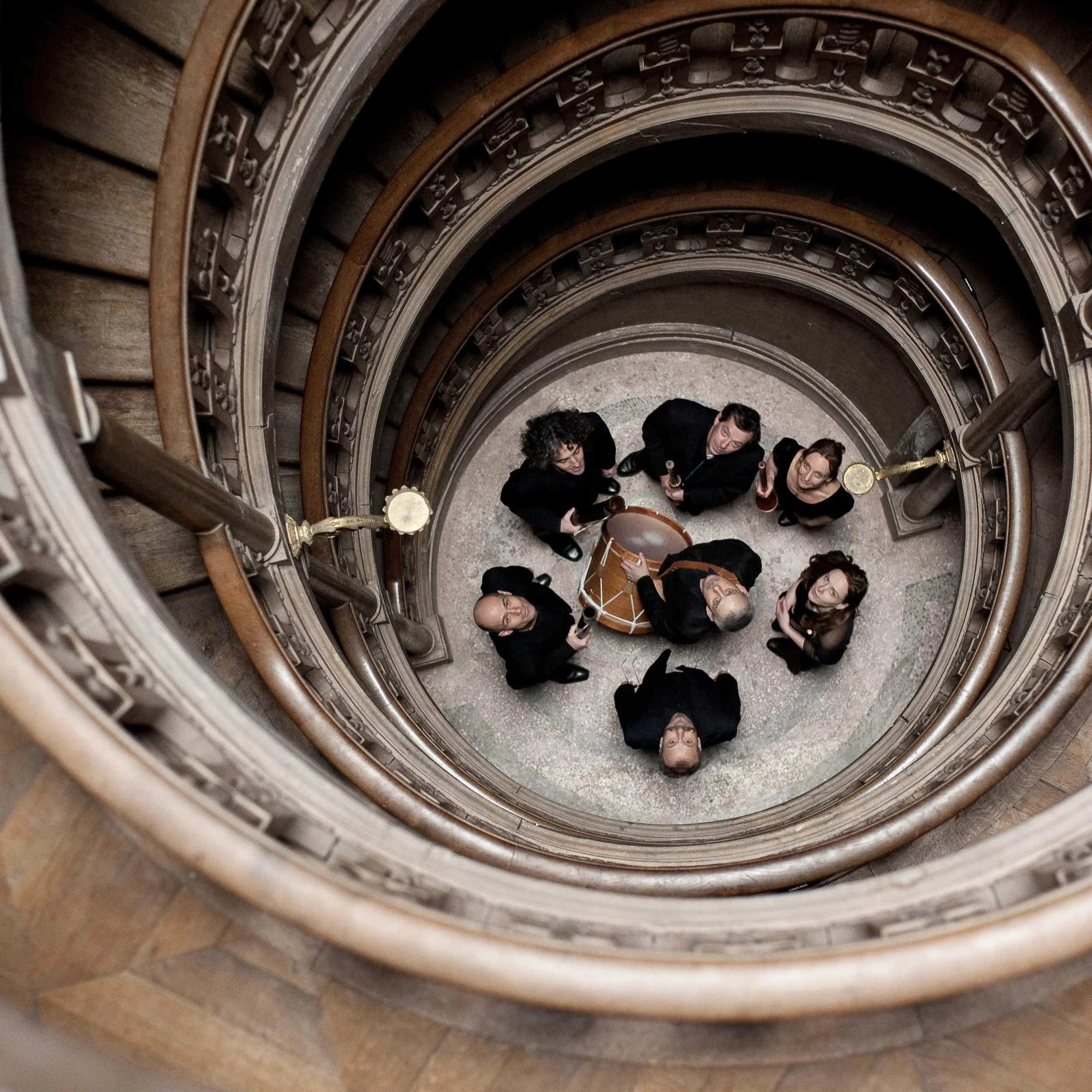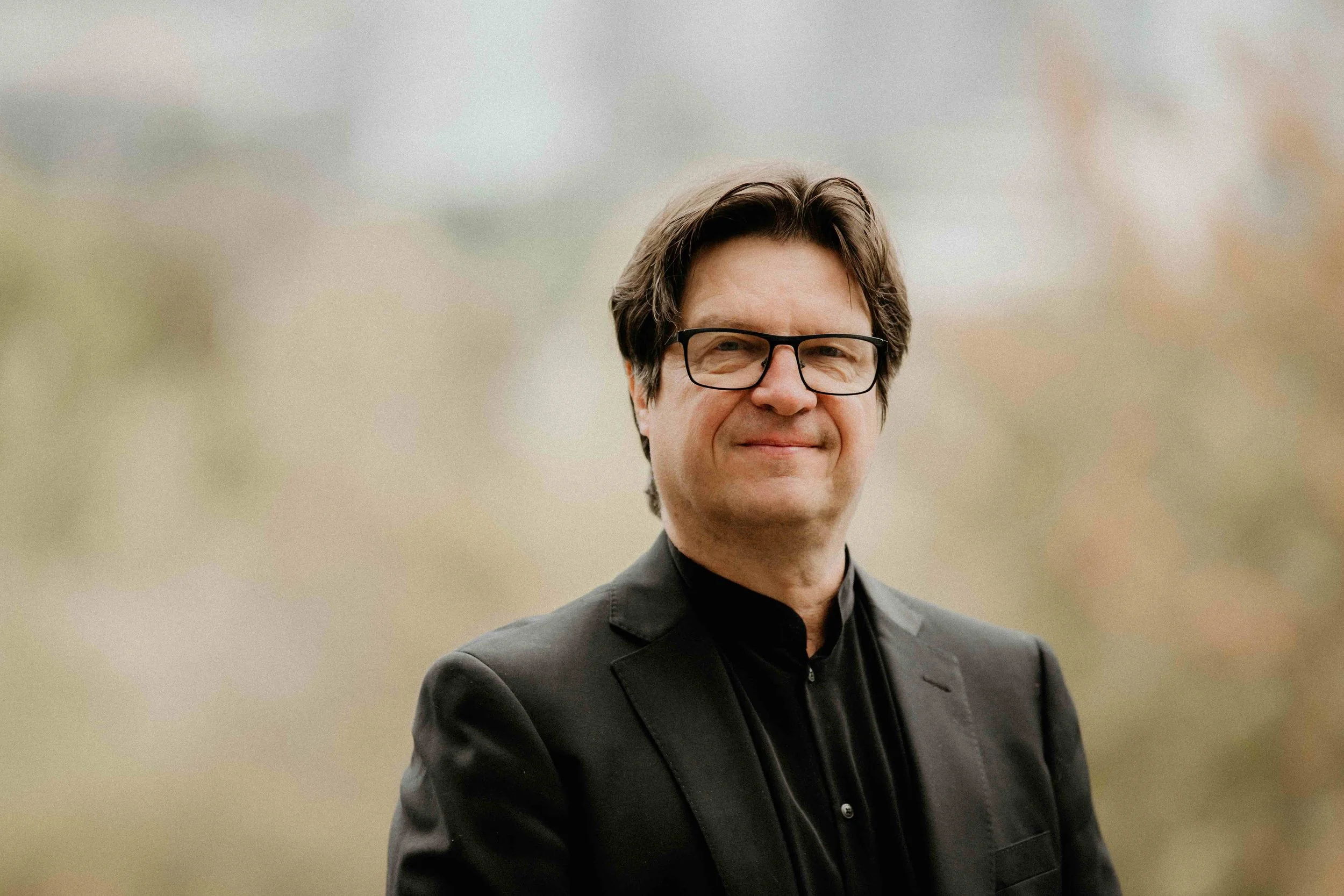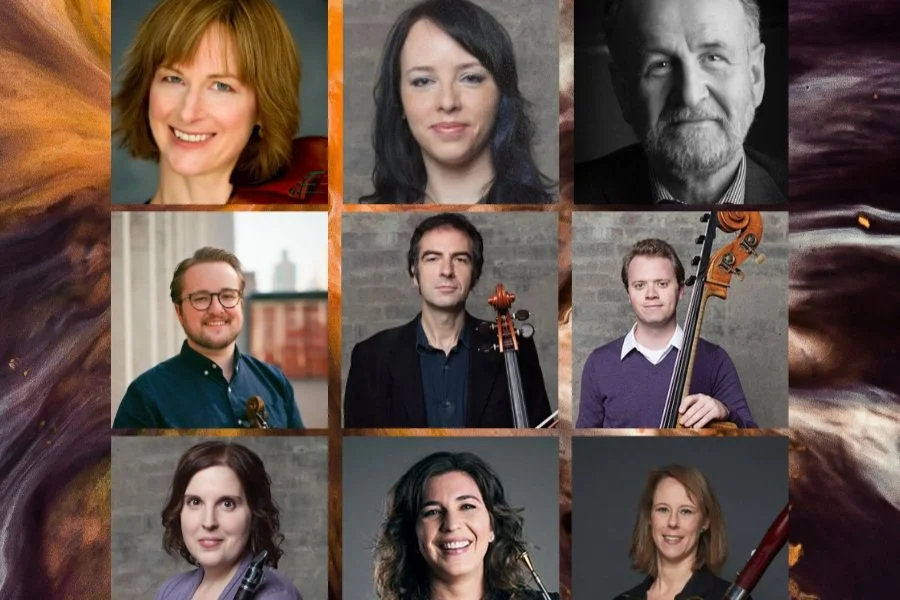For Romeo and Juliet, Vancouver Symphony Orchestra and SFU's Precursor Lab team up to create a musical-visual experience
Live performers interact with shadow puppetry for a real-time hybrid effect that visually responds to Sergei Prokofiev’s romantic score
Romeo and Juliet title card created by SFU’s Precursor Lab.
Vancouver Symphony Orchestra in partnership with Simon Fraser University’s Precursor Lab presents Romeo and Juliet on November 19 at 7 pm at the Orpheum Theatre.
VANCOUVER SYMPHONY ORCHESTRA’s upcoming offering of Romeo and Juliet is unlike anything the organization has ever presented. A collaboration with Simon Fraser University’s brand-new Precursor Lab, it features live performance of low-fi hand-manipulated puppetry alongside the ensemble’s playing of Sergei Prokofiev’s romantic score (led by VSO music director Otto Tausk), making for more of a one-of-a-kind musical-visual experience.
Led by Wladimiro A. Woyno R.—a live performance designer and technologist with expertise in contemporary set, lighting, and projection design who has worked in theatre, opera, dance, music, and beyond—the Precursor Lab is an interdisciplinary research lab made up of local and international technologists, artists, designers, and students. Through a design-led creation process, its members explore emerging technologies to “advance the formal, narrative and scenographic potential of live performance making”, according to Woyno R, co-creator of Romeo and Juliet.
“We’d describe the show as…a live visual score told through the layering of lo-fi handmade shadow puppetry, cinematic idiom, and performers to create a narrative seen both as it is assembled on stage and simultaneously on a large screen above the orchestra,” says Woyno R., who studied theatre design and production at UBC before earning his Master’s of Fine Arts in design from Yale School of Drama. Having also trained at the Banff Centre, he’s now an assistant professor in the theatre production and design program at SFU’s School for the Contemporary Arts.
Collaborator Brian Postalian, the show’s dramaturg and producer, adds: “What this means is we have about four overhead projectors that are either singularly projecting or overlaying together a combination of 2D images, cut-outs, and other materials. On top of these images, we have live performers interacting with the shadow puppetry to create a hybrid effect in real-time that visually support and respond to Prokofiev’s music.
“There's a bunch of technical video work that is going on behind the scenes that helps capture all of this work and casts it onto a large 38-foot screen above the orchestra in the Orpheum Theatre,” says Postalian, founding artistic director of Re:Current Theatre who has a Master’s of Fine Arts in theatre game design and interdisciplinary performance studies from SFU’s School for the Contemporary Arts.
Romeo and Juliet co-creator and projection designer Amelia Scott—an instructor of video technology and design at the National Theatre School of Canada who works in the intersection of animation, video, film, and live performance—describes the production as a departure of sorts.
“In my usual design work of creating projections for live performances, the projections often serve as an augmentation on top of the live performers and other set elements. For this creation, projections are the entire focus of the performance,” Scott tells Stir. “The live performers use their bodies to cast shadows, so even those performances become part of the image. Your body becomes reduced to a 2D silhouette, so you use your body differently to convey emotion. It makes the relationship between animation, puppetry, and physical performance very apparent.
“The performers act in a more stylized way, just as the other visual effects become more physical,” Scott explains. “For this performance it sometimes takes six people moving multiple layers of images in synchronization across four projectors to create one animated sequence. Even without the presence of a live silhouette, every image is a performance in itself. It has been a unique opportunity to explore a style of live performance that is entirely visual, driven by projection while still retaining the gesture and craft of live theatre.”
Collaboration is a cornerstone of the Precursor Lab’s work, and Romeo and Juliet is no exception, with Postalian pointing to the contributions of June Hsu, Megan Lane, Tobias Macfarlane, Jack Chipman, Montserrat Videla Samper, Katayoon Yousefbigloo, and Nicole Lamb.
“We've found a really productive working language as artists creating in an ensemble that has left room for everyone to take agency in the work and not be beholden to a singular vision,” Postalian says. “Wlad has studied with shadow performance groups like Manual Cinema and Larry Reed’s shadowlight production. We’ve been influenced by their style and techniques while also finding our own unique take on the story of Romeo and Juliet, which we've loosely set within Vancouver, so local audiences should be able to make out some familiar places during the show.”
For more information, see Vancouver Symphony Orchestra.














